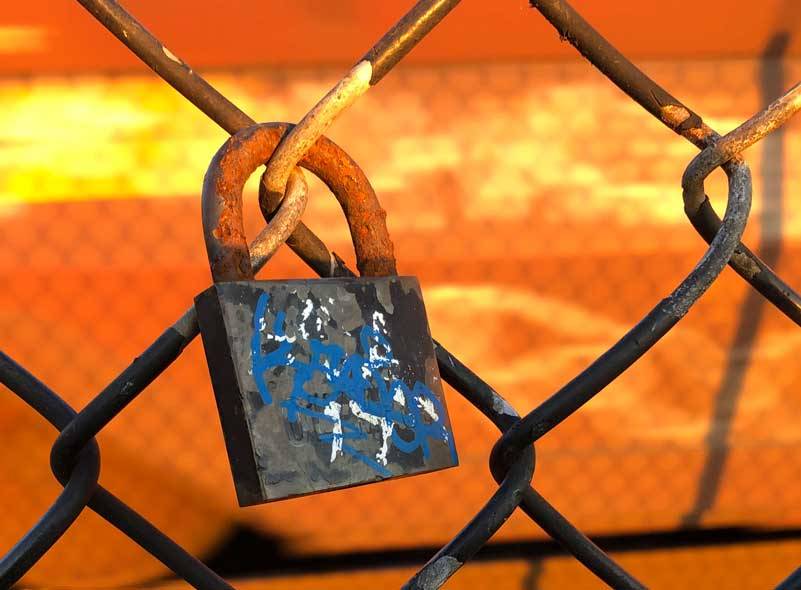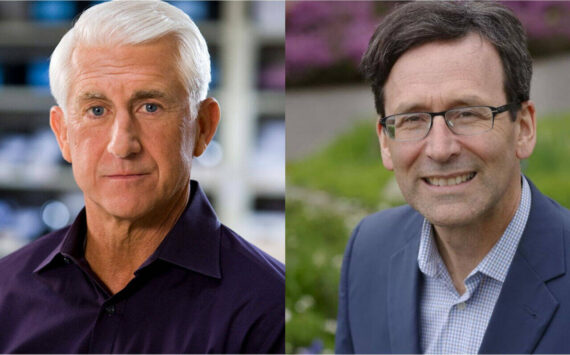By Morf Morford
Tacoma Daily Index
All truth passes through three stages. First, it is ridiculed. Second, it is violently opposed. Third, it is accepted as being self-evident. – Arthur Schopenhauer
Change and innovation are never easy to adapt to.
It’s not just our hand-held devices that charm, if not obsess one generation as much as they frustrate another.
Every aspect of our lives, the things we use, wear, eat or take for granted, once held a learning curve, or, for some, a metaphorical brick wall to those who had not encountered it before.
When electricity was new, for example, it was considered somewhere near miraculous – and in many ways it was.
If you picture yourself, or have experienced directly, the loss of electrical power, you see very quickly how integrated the strange world of amps and volts has become into our everyday routines.
Electricity, like virtually every innovation, went through the usual phases of fear and rejection, de-mystification, accommodation and then it became familiar, obvious and taken for granted.
Electricity is a good example because it first became commonly used about a hundred years ago.
There are many homes around here that were built around that time.
For many homes built in the 1920s, one electrical outlet per room was considered adequate.
Two outlets for a single basic room, like a bedroom, were considered more than enough.
I have a house built on these guidelines.
And yes, in those rooms I have either added multiple outlets or have layers of extension cords, surge protectors, adaptors and ports.
In houses a bit older than mine, you can see wiring to light fixtures attached to the walls – not built into the walls.
I mention that because we tend to think of electricity, even now, as something near-invisible – we don’t see it.
We see (and use) the switch and the light. But we don’t see anything between; we don’t see how it all happens, how it works or where the power comes from.
But it wasn’t always that way.
Maybe it was the era, or maybe it was my local culture, but a reigning assumption in my formative years was that anything made could be understood.
Friends of mine tinkered with cars, made their own electrical or mechanical contraptions and were not intimidated or afraid of machines, what powered them or what they could do.
This was the era of what came to be called hacking – when the word “hacking” simply meant to adapt a machine or system to do something it was not even remotely invented to do.
What became known as the “hacker ethic” became the prime directive of a generation.
“Information wants to be free” was the rallying cry – and every machine, tool or corporate boardroom became a potential target for manipulation and exposure.
The term “whistle-blower” became one term for those who exposed wrong-doing in high places. That too, was a term embraced by hackers and those who believed that “Information wants to be free”.
Some, like Steve Jobs, remade the computer industry in their own image.
Many more of that generation and belief system were profiled in Steven Levy’s book Hackers: Heroes of the Computer Revolution. (Steven Levy had previously written for The Whole Earth Catalog – the ultimate source and inspiration for tool users, tinkerers and would-be engineers of their own destinies).
The premise was simple, and perhaps naive – information, knowledge and processes should be “free” – not only in terms of access, but in literal dollar cost as well.
These issues of access, control and cost still roil the system.
From Napster to Google to Facebook to Apple to a thousand more settings, issues of who owns what, for how long and under what conditions keep our courts occupied continually.
Over time, tinkering became hacking and some of my generation, with that same hacker ethic, re-wrote the rules of technology and changed the way all of us look at things we thought we had fully used and comprehended.
From cars to telephones to broadcast television to work and money, these “life-hacks” have transformed what we do and how we do it to such a degree that life, even a generation ago, seems simple, even idyllic.
Who, thirty or so years ago, (for a little perspective, 30 years ago was 1991) had to worry about cyber security or identity theft?
In the automotive world, in that simpler time, friends of mine bought older cars, mostly from the 1960s or ’50s.
When you flipped the hood open, every essential process or system was visible, if not within reach.
A little bit of knowledge and a sense of adventure (and some greasy and sometimes scarred knuckles) could make that car do almost anything.
Cars of our time (for good reason) are a complex of black boxes – each one holding its own purposes – and secrets – and none of them accessible to human, especially amateur, tinkering.
In fact almost everything, from health care to our bank accounts have become their own “black boxes” – and we have forgotten how to be tinkerers and have become passive “adopters” buying and using hermetically sealed systems from cars to ready-to-eat meals.
Some are reclaiming making, building, baking and improvising their way through a pandemic-pocked economy creating apps and gigs and uber-everything as the economy takes on a new shape and texture.
The question, as always, is what we should keep, even protect from the past, and what should we leave behind, what we should embrace and what we should question of the new, and what we care most about and what that says about who we are.
The truth will set you free, but first it will make you miserable. – James A. Garfield
That new system, that new technology, that new way of thinking about work and money and others of different backgrounds may make us uncomfortable, even miserable, but ultimately, it is taking us closer to the freedom we all long for.
*****
All truths are easy to understand once they are discovered; the point is to discover them. – Galileo






